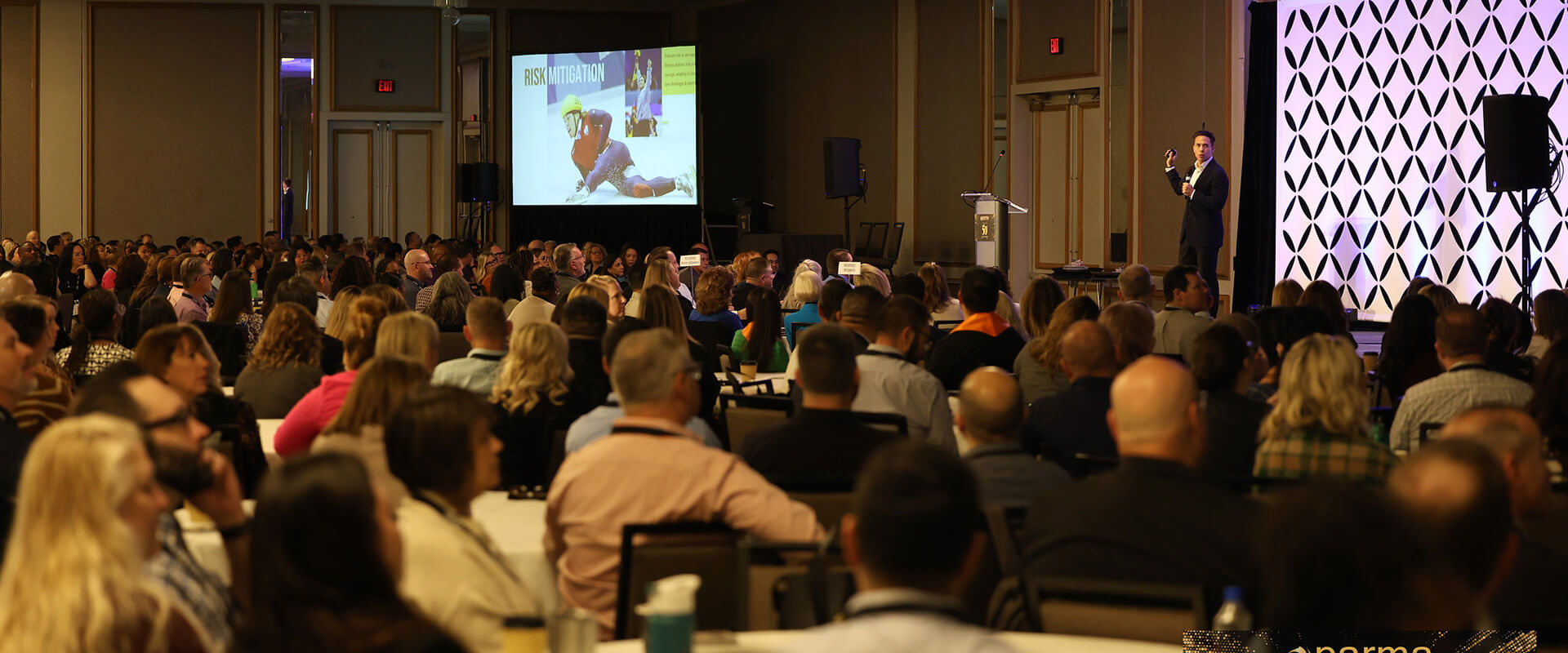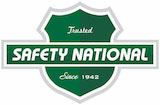(TNS) - Brent Larson awoke at 4 a.m. to the shake and rumble of what felt like a freight train rolling down the hill toward his Santa Barbara County home.
He leaped from his bed and woke his two sons. In seconds, a wall of water, mud and rock slammed into his house, smashing through one window, then the next, then a third, pouring in as the trio sprinted to the safety of the chimney at the home’s far corner.
“It was like out of ‘Indiana Jones,’” he said, nine months later, still shaken.
He was lucky.
Twenty-one of his Montecito neighbors were killed that Jan. 9 night, and 400 homes damaged or destroyed. Two other people are missing, believed to be entombed somewhere in the now hardened mud that still covers parts of Montecito, an upscale village next to Santa Barbara.
Worse, that night was not a freak incident, state emergency officials say.
California is entering what experts call the “fire-flood” era: a formidable one-two punch prompted by warmer temperatures, bigger wildland fires, and more intense winter rain dumps, even in drought years.
Fall fire season sets the table by denuding millions of acres of hillsides and baking the soil surface so that it becomes non-absorbent, or, in scientific terms, hydrophobic. When heavy winter rains hit, the water cannot penetrate the burned soil, and instead rolls downhill in the form of a mud and ash soup, similar to a flash flood, carrying boulders and trees with it.








